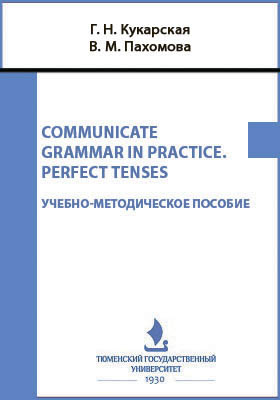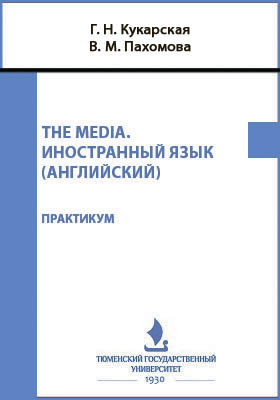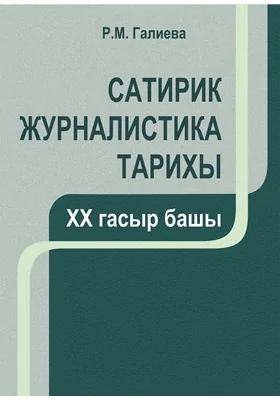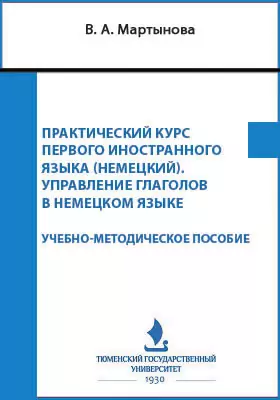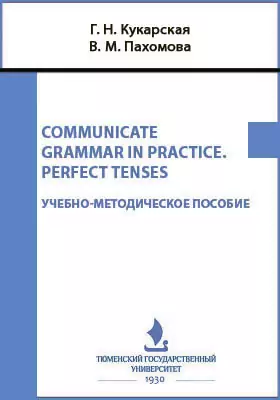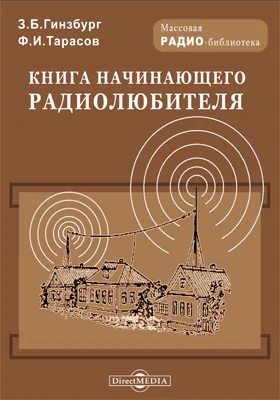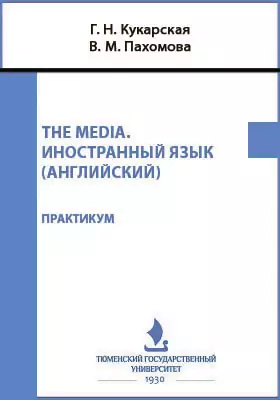
The Media. Иностранный язык (английский)
Здесь можно купить книгу "The Media. Иностранный язык (английский)" в печатном или электронном виде. Также, Вы можете прочесть аннотацию, цитаты и содержание, ознакомиться и оставить отзывы (комментарии) об этой книге.
Автор: Г. Кукарская, В. Пахомова
Форматы: PDF
Издательство: Тюменский государственный университет
Год: 2016
Место издания: Тюмень
Страниц: 84
Артикул: 75148
Возрастная маркировка: 16+
Краткая аннотация книги "The Media. Иностранный язык (английский)"
Данный практикум составлен для студентов очной и заочной форм обучения с учетом специфики направления «Журналистика» и состоит из семи разделов: The Media, Television, Radio, Press, The Internet, Career, Journalism. Данная работа составлена по степени возрастания сложности лексико-грамматического материала и предназначена для аудиторной и самостоятельной работы студентов I и II курсов и направлена на развитие навыков различных видов речевой деятельности студентов с учетом коммуникативно-ориентированного обучения в соответствии с требованиями УМК.
Рекомендовано к изданию кафедрой иностранных языков и межкультурной профессиональной коммуникации гуманитарных направлений. Утверждено первым проректором Тюменского государственного университета.
Содержание книги "The Media. Иностранный язык (английский) : практикум для студентов направления 42.03.02 «Журналистика» очной и заочной форм обучения"
UNIT 1. THE MEDIA
UNIT 2. RADIO
UNIT 3. TV
UNIT 4. PRESS
UNIT 5. THE INTERNET
UNIT 6. JUST THE JOB
UNIT 7. JOURNALISM
Все отзывы о книге The Media. Иностранный язык (английский) : практикум для студентов направления 42.03.02 «Журналистика» очной и заочной форм обучения
Отрывок из книги The Media. Иностранный язык (английский) : практикум для студентов направления 42.03.02 «Журналистика» очной и заочной форм обучения
63 glad I didn’t change my plans to suit them. Even so, their faith in rigid career paths was well-founded. In those days, that was the way to get ahead. But the world has changed. The global economy is not kind to yesterday’s diligent and dependable worker. The future belongs to quick-thinking people who are resourceful, ambitious and can take the initiative. This means that a 14-year-old who sees her working future as a kind of adventure, to be made up as she goes along, is not necessarily being unrealistic. However, she has to have the training and guidance to help her develop the right skills for today’s market; not the rigid preparation for a workplace that disappeared twenty years ago. Many young people are very aware of the pitfalls of the flexible workplace; they understand that redundancy, downsizing and freelancing are all part of modern working life, but no one is telling them how they might be able to turn the new rules of the employment game to their advantage. This is what they need to know if they are to make a life for themselves. 5 So what is to be done? A good first step would be to change the way in which schools prepare young people for adult life. The education system is becoming less flexible and more obsessed with traditional skills at just the time that the employment market is going in the opposite direction. 6 Accurate, up-to-date information on new jobs and qualifications can help guidance counsellors to help their students. Young people need solid information on the sort of training they need to pursue the career of their dreams. Also, a little bit of encouragement can go a long way. If nothing else, a bit of optimism from an adult can serve as an antidote to the constant criticism of teenagers in the press. 7 What, then, can we as parents do to help them? The best thing is to forget all the advice that your parents gave you, and step into your teenager’s shoes. Once you’ve done that, it’s easier to see how important it is t...
С книгой "The Media. Иностранный язык (английский)" читают
Внимание!
При обнаружении неточностей или ошибок в описании книги "The Media. Иностранный язык (английский) : практикум для студентов направления 42.03.02 «Журналистика» очной и заочной форм обучения (автор Г. Кукарская, В. Пахомова)", просим Вас отправить сообщение на почту help@directmedia.ru. Благодарим!
и мы свяжемся с вами в течение 15 минут
за оставленную заявку

